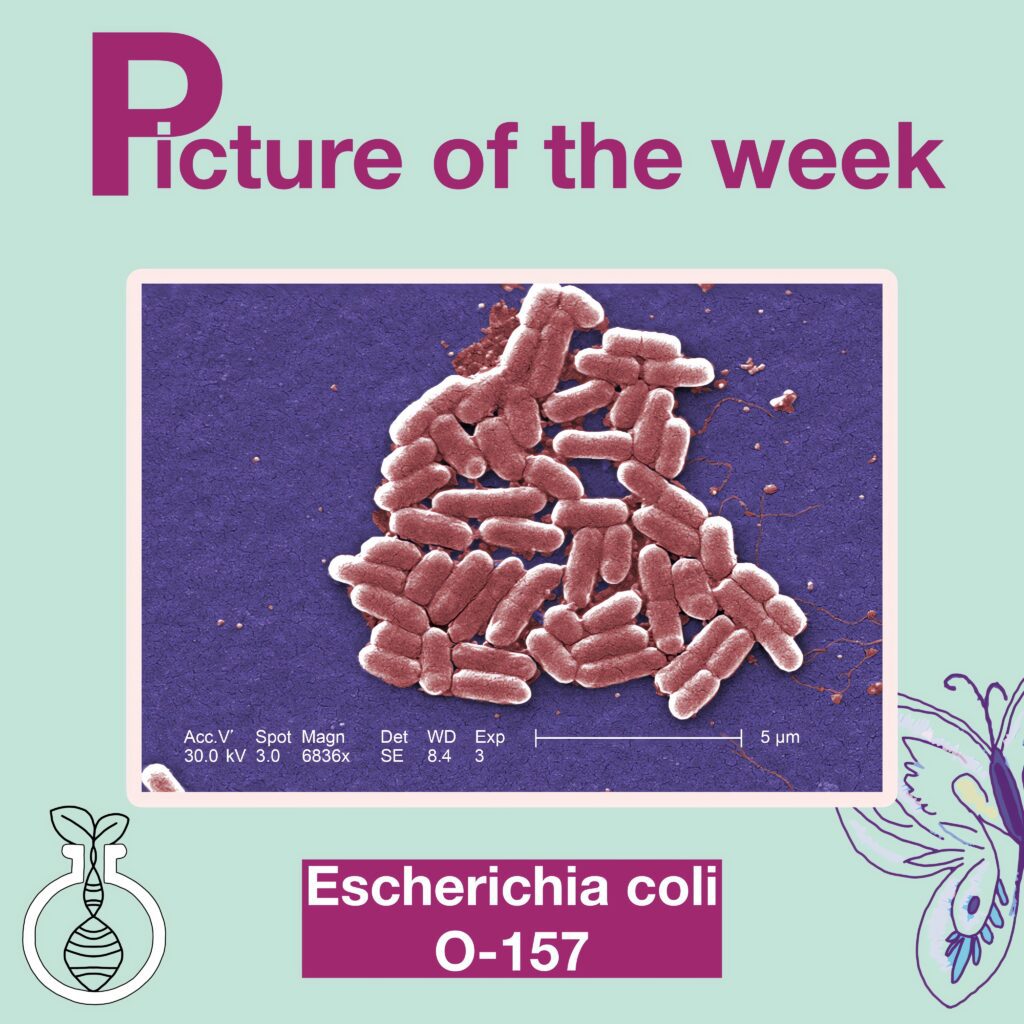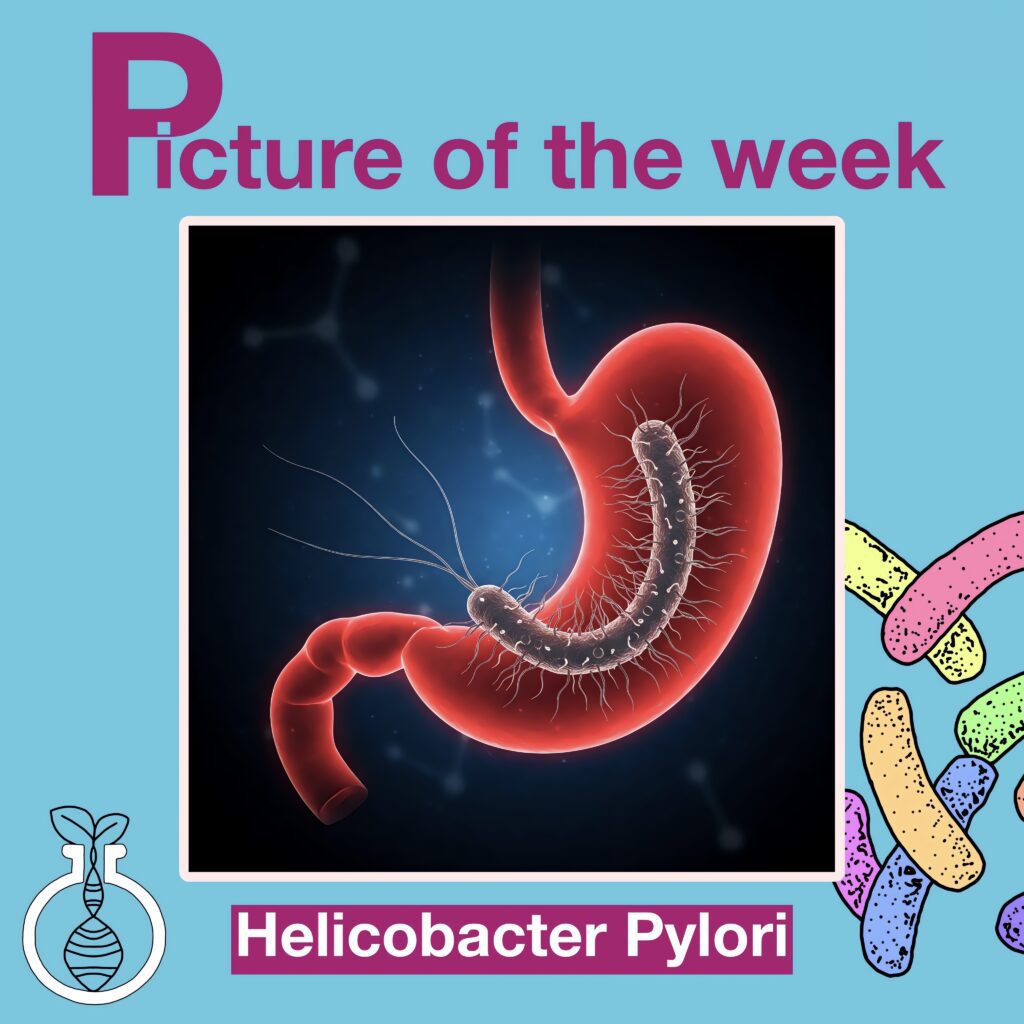Welcome to this week’s spotlight! Hidden deep within the microbial world, Vibrio cholerae emerges as a deadly force of nature. This bacterium may look unassuming under the microscope, but don’t be deceived by its small size. Known for causing the devastating disease cholera, Vibrio cholerae thrives in contaminated water and food, striking vulnerable communities with rapid, life-threatening dehydration.

What is Vibrio cholerae?
In the vast, unseen oceans of the microbial world, Vibrio cholerae sails as a fearsome pirate, responsible for one of history’s most infamous diseases—cholera. This bacterium, shaped like a comma and equipped with a flagellum for swift movement, navigates the waters and enters unsuspecting human hosts through contaminated food or water. But once inside, it reveals its true power.
Vibrio cholerae targets the small intestine, where it releases a potent toxin. This toxin disrupts the body’s ability to absorb water, leading to the hallmark symptom of cholera: severe, watery diarrhea. Left untreated, cholera can cause life-threatening dehydration in a matter of hours. This bacterium’s speed and efficiency make it a formidable foe, particularly in areas with poor sanitation and limited access to clean drinking water.

The effects of cholera have been felt for centuries, causing pandemics that swept across continents. It thrives in environments where hygiene is compromised, making it a persistent problem in regions facing water scarcity or natural disasters.
But cholera is preventable and treatable. Access to clean water, proper sanitation, and good hygiene practices can stop Vibrio cholerae in its tracks. In severe cases, prompt treatment with rehydration solutions and antibiotics can save lives, turning the tide against this bacterial invader.
In today’s world, where clean water is still a luxury for many, understanding Vibrio cholerae and its devastating potential is more crucial than ever. By improving global access to sanitation and water safety, we can work toward a future where this microbial pirate no longer wreaks havoc on vulnerable communities.

You can find the original images on this story through this link
Thanks for joining us on this microscopic journey into the world of Vibrio cholera. We hope you found this week’s feature as intriguing as we did. Don’t forget to check back next week for another captivating look into the unseen world around us. Until then, stay curious and keep exploring!


My name is Ali Emre Cabadak, a dedicated biology enthusiast currently pursuing my studies at Marmara University, where I am majoring in Bioengineering. As a passionate advocate for scientific discovery and innovation, I am the founder of Biologyto. My goal is to bring the wonders of biology closer to everyone and inspire a new generation of thinkers and innovators. Through Biologyto, I aim to write scientific articles that delve into the fascinating world of biology, sharing insights and discoveries that inspire curiosity and innovation.





